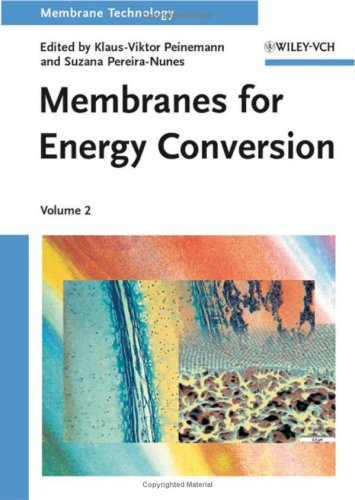High Pressure Chemistry: Synthetic, Mechanistic, and Supercritical Applications
High Pressure Chemistry: Synthetic, Mechanistic, and Supercritical Applications
By Rudi van Eldik, Frank-Gerrit Klärner
Publisher: Wiley-VCH
Number Of Pages: 474
Publication Date: 2002-08-23
ISBN-10 / ASIN: 3527304045
ISBN-13 / EAN: 9783527304042
Binding: Hardcover

| Product Description:
It is a basic law of chemistry that pressure influences reactions. Thus, high-pressure reactions are no longer a rarity in chemistry today, but rather are indispensable tools – whether for innovative syntheses, new products or for explaining reaction mechanisms. The expert editors, Rudi van Eldik and Frank-Gerrit Klärner, provide a comprehensive overview of this fascinating field, ranging from the influence of high pressure on organic and inorganic reactions, via concrete applications in synthesis for !!!!l catalytic and stereoselective processes right up to the use of supercritical liquids. Written by renowned experts, this volume contains a wealth of vital and practical information, for both newcomers to the field as well as experienced high-pressure chemists. Whether in academia or industry, this book belongs on the shelf of every chemist concerned with high-pressure chemistry either now or in the future. |








